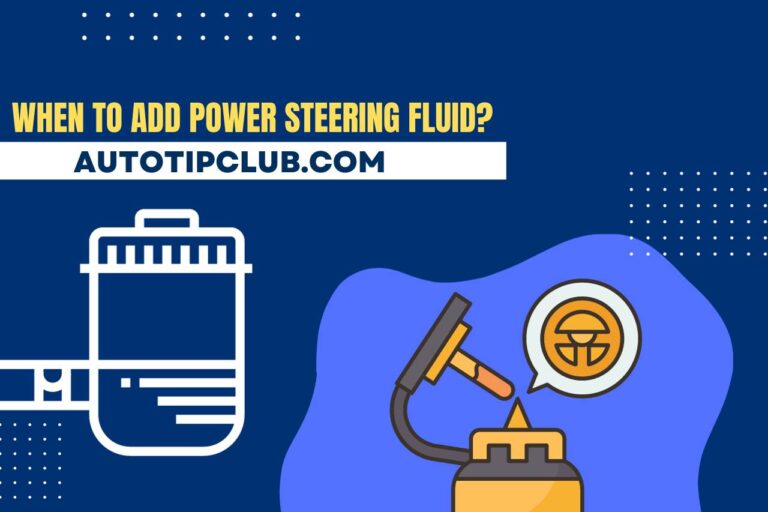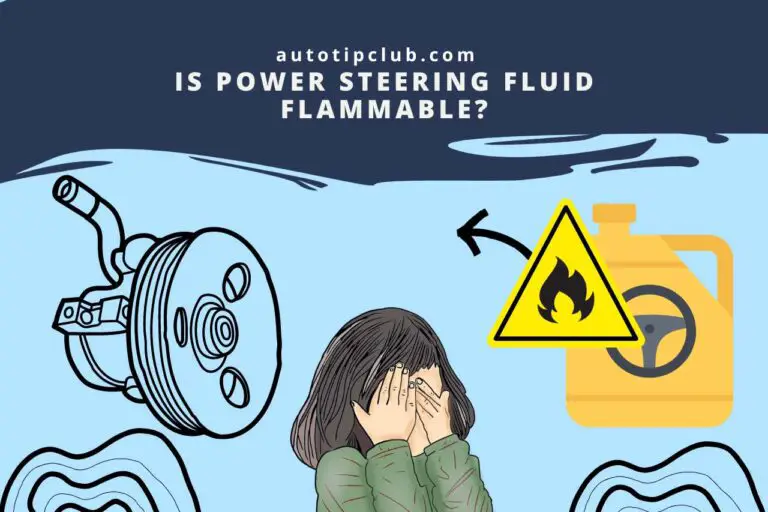Gas Tank Filler Neck Problems – How to Fix and Prevent Issues?
The seemingly simple gas tank filler neck, which joins the gas cap to the gasoline tank and makes it possible for the fuel to transfer smoothly every time you go to the pump, is essential to the operation of our cars. However, many drivers might not be aware that when issues develop, this simple component can become a major source of annoyance and irritation. In the following article, we investigate the frequently disregarded problem of gas tank filler neck issues, looking at its sources, effects, and the significance of prompt maintenance and repair. These problems, which range from fuel spills at the gas station to very expensive repairs, highlight the crucial function that this unassuming component plays in our day-to-day lives on the road.
What is the Function of the Gas Tank Filler Neck?
Its main objective is to create a passageway for gasoline to flow from the gas pump nozzle into the fuel tank while limiting the possibility of spills and preventing fuel vapor escape.
This part normally consists of a tube or pipe that connects the fuel tank to the gas cap area, providing simple access for refueling.
A check valve or anti-siphon device is one of the elements it integrates to prevent illegal access to the fuel tank.
In essence, the gas tank filler neck makes sure that refueling a car is safe, quick, and compliant with safety and emissions standards.
What are the Signs of a Bad Gas Tank Filler Neck?
Several warning signals of concern can be manifested by a broken gas tank filler neck. First, lingering fuel smells at the filler neck may be a sign of a leak or other damage.
Additionally, a problem with the filler neck’s alignment or venting may be present if you have trouble inserting the gas pump nozzle or if it regularly shuts off during refilling.
Even with a correctly placed nozzle, fuel spills during refilling are a cause for concern. Finally, the filler neck itself should be inspected or replaced if there is obvious corrosion, rust, or physical damage.
It’s critical to recognize and take care of these symptoms right away to avoid gasoline leaks, environmental risks, and very expensive repairs.
What Causes Gas Tank Filler Neck Problems?
Several things can lead to filler neck issues with gas tanks. Corrosion or rust is a frequent problem that can grow over time as a result of exposure to moisture and road salt.
The filler neck’s metal becomes more brittle due to corrosion, which might result in cracks or holes that make it difficult or impossible to refuel.
Physical harm, which might result from mishaps or rough treatment of the gas pump nozzle, is another factor.
The filler neck may become misaligned or dented as a result of this damage, impairing good sealing and venting.
Additionally, wear and tear from aging can deteriorate filler neck parts like the sealing gasket or venting mechanisms, which can lead to issues like fuel odors or challenging refilling.
These problems can be identified and fixed with regular maintenance and inspection before they worsen.
How Much does It Cost to Replace a Gas Tank Filler Neck?
The type and model of the vehicle, the location where the work is performed, and whether you choose to utilize original equipment manufacturer (OEM) parts or aftermarket parts can all affect the price of replacing a gas tank filler neck.
For parts and labor, the average price ranges from $100 to $400. It is a good idea to get quotations from many auto repair shops or service centers because labor costs might vary greatly.
The difficulty of the repair may also affect cost, as accessing and replacing the filler neck in some vehicles necessitates more thorough disassembly.
It’s crucial to speak with a skilled mechanic who can evaluate the unique requirements of your car and provide you a precise pricing estimate for the replacement.



What Steps Involved in Replacing a Filler Neck?
- Make sure the car is levelly parked, that the engine is turned off, and that the parking brake is applied. To shield yourself from gasoline and debris, wear safety goggles and gloves.
- Remove any trim or covers from the gas cap area, rear fender, or any nearby areas to gain access to the filler neck. Check for damage and corrosion on the neck and the nearby components.
- Drain the gasoline tank by either siphoning the fuel out or utilizing a fuel pump evacuation system to prevent spills and other dangers.
- Remove any electrical connections that may be connected to the filler neck as well as the gas cap, vent hoses, and other components.
- You might need to take off the bolts, clamps, or brackets keeping the filler neck in place, depending on the car. Remove the old filler neck from the gasoline tank with care.
- Install the new filler neck, making sure it is properly aligned and sealed, and fastening it in place. Electrical connections and vent hoses must be reconnected.
- Check for leaks after reconnecting the gasoline pump or hoses. Verify the system’s functionality.
- Reattach any trim or covers and test the new filler neck by refilling the car to make sure it works properly and is leak-free.
- Refill the fuel tank after making sure everything is in order, and then look for any irregularities or leaks.
Can you Drive with a Bad Gas Tank Filler Neck?
Driving is not recommended if the gas tank filler neck is damaged since it could be hazardous for you and your vehicle.
Fuel leaks caused by a damaged filler neck not only present a fire risk but can also pollute the environment and necessitate expensive repairs.
Inconvenient and aggravating, a damaged or misaligned filler neck can also make refilling challenging or cause the gas pump nozzle to continually shut off too early.
For your car to run safely and effectively and to avoid potential risks or harm, filler neck problems must be fixed very away.
How Do you Prevent Gas Tank Filler Neck Problems?
Regular maintenance and careful handling are required to prevent gas tank filler neck issues. First, try to avoid overfilling the tank because doing so could potentially harm the filler neck due to increased pressure.
Maintain a tight grip on the gas cap at all times to keep moisture and debris from getting into the filler neck.
Check the filler neck and adjacent parts frequently for corrosion or damage, especially in places with severe weather.
Avoid using excessive force or pushing the gas pump nozzle into the filler neck during refueling to prevent misalignment or damage.
Last but not least, take careful when parking close to obstructions or curbs to prevent physical harm to the filler neck.
Gas tank filler neck issues can be avoided with regular maintenance checks and proper fueling practices.
Watch this one,
Video Credits – 1A Auto: Repair Tips & Secrets Only Mechanics Know
You May Also Like



My name is Robot McCullum, and I’m an Automotive Engineer with 20+ years of experience in the automotive field. I’ll give you step-by-step instructions for recognizing and fixing complicated technical problems in an uncomplicated manner. www.AutoTipClub.com, is your best resource for in-depth tutorials, insightful tips, and practical advice designed and developed either for seasoned vehicle collectors or daily drivers.


![Oil Light Comes on When Braking? [Causes and Fixes]](https://autotipclub.com/wp-content/uploads/2023/04/oil-light-comes-on-when-braking-768x512.jpg)




